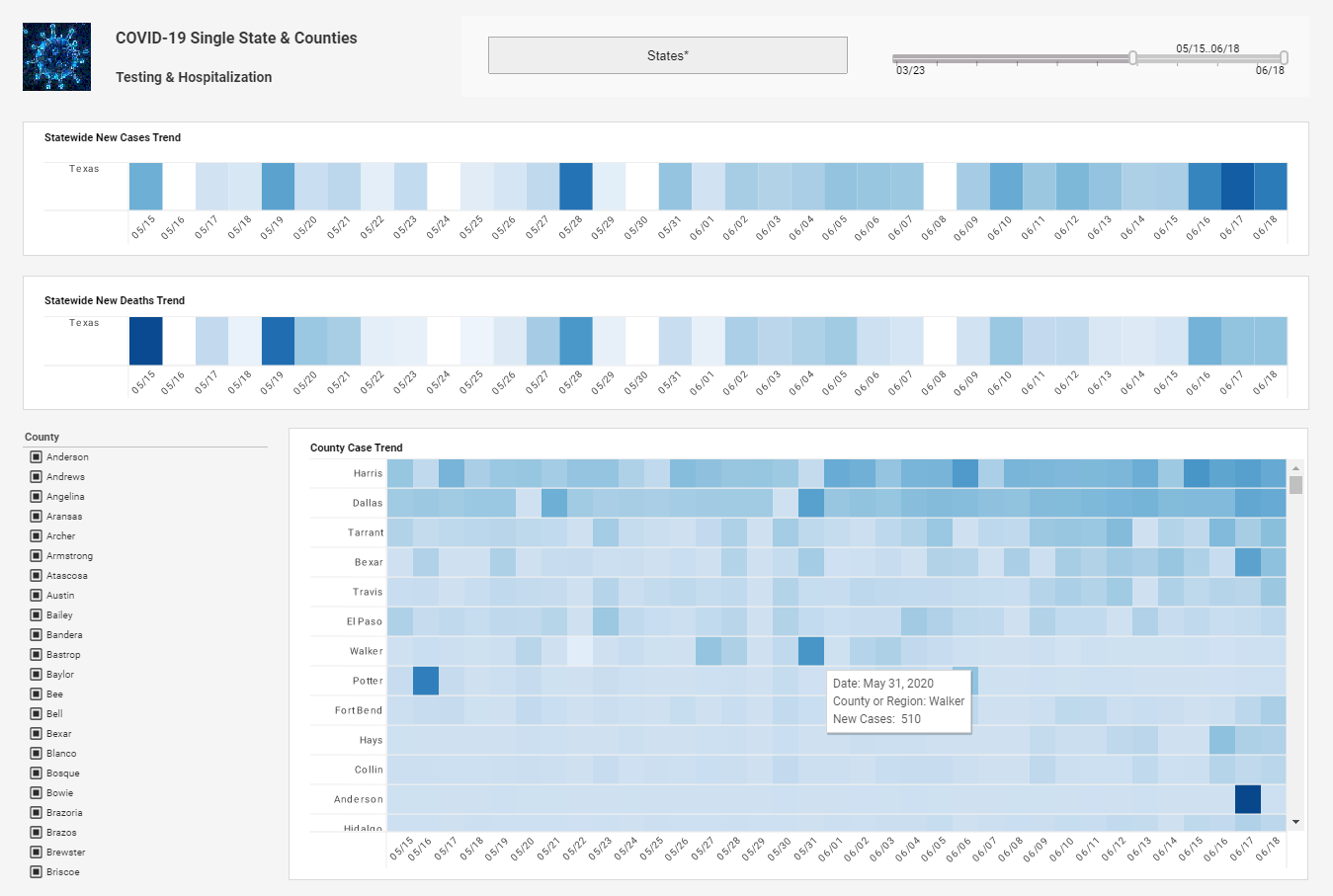Business Analytics Software and Competitive Advantage
Below is the transcript of a Webinar hosted by InetSoft on the topic of "Business Analytics and Competitive Advantage." The presenter is Mark Flaherty, Chief Marketing Officer at InetSoft.
Mark Flaherty (MF): Today we are going to talk about business analytics. I want to start by referring to a man named Thomas Davenport who has written a book, Competing on Analytics, which is based on a study of companies using analytics. Among the findings he reports in the book, he discovered that the top performing organizations are 50% more likely to utilize information strategically or analytical information strategically.
There are a couple of levels of strategic analysis that he is referring to. One level is where there is significant analytical support within an organization. This means that they are a data driven organization. They make decisions based off of the actual information available as opposed to gut feel which is often the case when people don’t have adequate access to information.
The next level is where they value analysis across the organization from a sponsorship or from an executive level. They also have higher than average analytical support capabilities. And finally the last level is when they have analytics across the organization.
| #1 Ranking: Read how InetSoft was rated #1 for user adoption in G2's user survey-based index | Read More |
Not Just for Technically Capable Analysts
This means not just for executives or the technically capable analysts but for all users including the business users, the casual users, people who don’t necessarily spend a lot of time in business information systems. The key message here is that analytical information can help drive strategic performance and competitive performance in the organization.
So, to support that, we can take a look at a CIO study. They determined that for the fourth year in a row, business intelligence is a top five priority for CIOs. And if you look at what the business drivers are for IT priorities, it makes sense how that is the case. Business intelligence can help drive almost all of these activities, reducing enterprise costs either by being more efficient with how you access information or by providing you insights to understand where your costs are greatest and where you can most easily attack and lower those costs.
Increasing the use of information analytics, that’s self explanatory, managing change initiatives, understanding what your customer relationships look like, get insights into what your customers are saying, where they are spending their money, where they are happy where they are dissatisfied. So, ultimately business intelligence helps organizations raise their enterprise visibility and transparency so they can make more informed decisions to be more effective in their organization.
Increasing the use of information analytics in an enterprise offers a multitude of benefits that can drive better decision-making, improve operational efficiency, and foster innovation. Firstly, leveraging information analytics enables organizations to gain deeper insights into their operations, customers, and market dynamics. By analyzing vast amounts of data generated from various sources, including internal systems, customer interactions, and market trends, organizations can uncover hidden patterns, correlations, and trends that may not be apparent through traditional methods. These insights empower decision-makers to make more informed and data-driven decisions, reducing uncertainty and increasing the likelihood of success in strategic initiatives.
Moreover, increasing the use of information analytics can help organizations optimize their processes and resources more effectively. By identifying inefficiencies, bottlenecks, and areas for improvement through data analysis, organizations can streamline workflows, automate routine tasks, and allocate resources more efficiently. For example, predictive analytics can be used to forecast demand for products or services, enabling organizations to optimize inventory levels and production schedules. Similarly, workforce analytics can help identify talent gaps or training needs, enabling organizations to develop targeted recruitment or training programs to enhance employee performance and retention.
Furthermore, increasing the use of information analytics fosters a culture of innovation and continuous improvement within an organization. By democratizing access to data and analytical tools, organizations can empower employees at all levels to explore new ideas, experiment with data-driven solutions, and drive innovation in their respective areas of expertise. This bottom-up approach to innovation encourages creativity, collaboration, and knowledge sharing, leading to the development of new products, services, and business models that can drive competitive advantage and long-term growth. Overall, increasing the use of information analytics is essential for organizations looking to stay ahead in today's rapidly evolving business landscape, enabling them to unlock new opportunities, mitigate risks, and drive sustainable success.
 |
View live interactive examples in InetSoft's dashboard and visualization gallery. |
Customer Quote
"We chose InetSoft's Web-based dashboard solution because it could be deployed so easily across different geographies and computing platforms and because its feature set is so mature and robust. We were actually surprised by its ease-of-use for end-users when we started to see sales managers creating their own dashboards without special training or support from us in IT."


